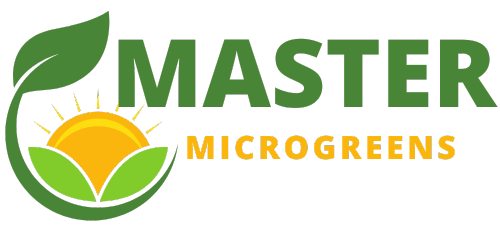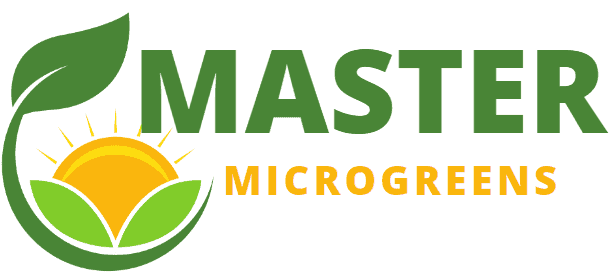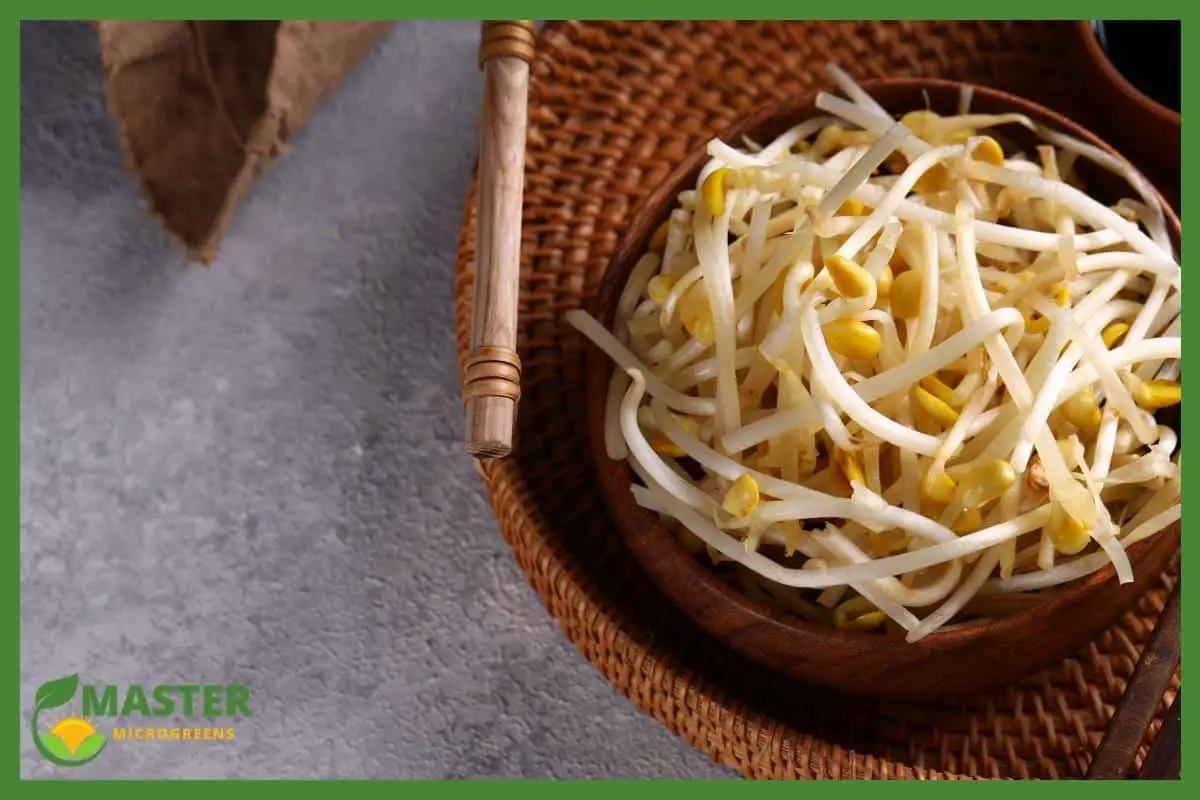Microgreens have become a popular health food, but there’s something you should know before you bite into that next salad: they can cause food poisoning. Recent studies have highlighted the alarming rate of microgreens-related illnesses and it’s time for us to take action. In this article, we’ll discuss what microgreens are, how they can make you sick, and what steps we need to take in order to ensure our safety when consuming them.
Microgreens are small seedlings harvested from vegetables such as kale, broccoli and lettuce. They’re often used in salads or as garnishes on restaurant dishes due to their bright colors and crunchy texture. While these miniature greens may look harmless, recent studies show huge potential for contamination with bacteria like salmonella and E. coli – both of which can be extremely dangerous if ingested.
It’s clear that we need to understand the risks associated with eating microgreens if we want to keep ourselves safe. We must also consider how proper storage conditions and improved agricultural practices could help prevent future cases of food poisoning caused by these tiny greens. Read on to find out more about the dangers posed by microgreens so you can protect yourself!
What You'll Learn
Risks Of Eating Microgreens
As the saying goes, “you are what you eat”. When it comes to microgreens, there is a potential for health risks due to food poisoning and dietary issues. Microgreens have become increasingly popular in recent years as a way of adding flavor and nutrition to meals; however, their small size can also create an increased risk of contamination by bacteria or other agents that could cause illness.
When consuming microgreens, it is important to be aware of both the food safety risks posed by contaminated greens and any dietary risks associated with eating these type of vegetables. As with all fresh produce, proper handling and cooking methods should be used when preparing them. It is also important to source your microgreens from reliable suppliers who adhere to high standards of hygiene and cleanliness.
In terms of consumption, some types of microgreens may not provide enough nutritional value for those on restricted diets or with specific medical needs. Additionally, people who have compromised immune systems should be particularly mindful about food safety when selecting which foods they consume, including microgreens sourced from potentially unreliable sources. With this in mind, it is important to consider the potential contamination sources before adding microgreens into one’s diet.
Contamination Sources
Microgreens can be contaminated by a variety of sources. Fertilizer contamination is one source, as fertilizers used to grow microgreens may contain bacteria or other toxins that can cause food poisoning if consumed. Contaminated water used in growing and harvesting the greens can also introduce harmful bacteria into the crop. Bacteria from the environment can contaminate microgreens through air and soil contact, which could result in foodborne illness. In addition, improper storage conditions such as warm temperatures and humidity could allow existing bacteria to multiply, leading to increased levels of contamination.
These various methods of contamination pose a risk for consumers who purchase and consume microgreens without proper caution. Even when following safety protocols like washing produce thorough before consumption, it’s still possible that some contaminants remain on or within the product itself. Therefore, understanding the potential sources of contamination is important for reducing risk of infection from consuming these products.
Though there are risks associated with eating contaminated microgreens, taking precautions when purchasing them can help minimize those risks and reduce chances of experiencing symptoms of food poisoning related to their consumption.
Symptoms Of Poisoning
After examining the various sources of contamination, it is important to understand the symptoms of microgreens food poisoning. Just last month in California, a family experienced foodborne illness after consuming contaminated microgreens from their local grocery store. Symptoms included stomach cramps and nausea that quickly progressed into dizziness. Other common signs of infection include fever chills and other general flu-like symptoms. In severe cases, victims may experience more serious illnesses such as dehydration or even organ failure if proper medical attention is not sought out immediately.
It is important for anyone experiencing these symptoms to seek medical advice right away. Many times people will assume they are simply suffering from a cold or the flu without realizing that the root cause could be something much more serious like food poisoning caused by eating contaminated produce. If left untreated, foodborne illnesses can become life threatening so it is crucial to get help as soon as possible.
Knowing how to recognize potential signs of food poisoning is just one part of preventing future outbreaks; understanding effective prevention strategies is essential for keeping ourselves safe from this type of contamination.
Prevention Strategies
Preventing microgreens food poisoning is essential in protecting the health of consumers. To avoid contamination, individuals should take preventative measures to ensure that microgreens are properly stored and prepared according to food safety guidelines. Consumers can also practice good sanitation practices when dealing with raw products.
When purchasing pre-packaged microgreens, it’s important to select those that have been refrigerated and check for expiration dates before consuming them. If buying fresh produce from a farmer’s market or grocery store, look for visibly healthy plants without any signs of wilting or discoloration. Additionally, make sure to wash all vegetables thoroughly prior to eating them.
Proper storage is key in preventing foodborne illnesses associated with microgreens. It’s recommended that they be consumed within a few days after purchase as their nutritional content may decrease over time. Keep them sealed in an airtight container and place them in the refrigerator away from other foods that could contaminate them. Taking these steps will help reduce potential risks associated with consuming contaminated greens.
Treatments For Poisoning
For those who experience the symptoms of food poisoning from eating microgreens, it is important to know what treatments are available. Juxtaposed with prevention strategies, treatment for food poisoning can be divided into two categories: home remedies and medical care.
Home Remedies:
- Stay hydrated by drinking plenty of fluids; water or electrolyte-based drinks such as Gatorade work best in these cases.
- Eat bland foods that soothe an upset stomach, like toast or crackers.
- Try over the counter pain medications like ibuprofen or acetaminophen if necessary, but never exceed recommended dosages.
- Stick to small meals throughout the day instead of three large meals to reduce nausea and vomiting.
Medical Care:
If your condition does not improve after a few days on home remedies, contact Poison Control (800-222-1222) or seek urgent care at a hospital/ clinic near you for further help. They will likely provide additional tests and medication depending on the severity of your illness due to microgreen consumption. You should also consult with a doctor about recommendations for future food safety practices when consuming produce, especially microgreens which have been known to cause outbreaks due to improper handling techniques during production and harvest.
Treating food poisoning from microgreens requires both self-care measures as well as proper medical assessment and consultation in order to ensure proper recovery without lasting health effects. Knowing how to detect early signs of food poisoning before it becomes serious is essential for avoiding long term complications associated with this type of illness caused by contaminated produce items.
Conclusion
In conclusion, eating microgreens carries the risk of food poisoning, and it’s important to take preventative measures when consuming these tiny greens. It’s like playing a game of Russian roulette; you never know if your plate will carry harmful bacteria or viruses that could jeopardize your health. Contamination sources range from poor handling practices to water contamination and soil-borne pathogens. We must be conscious of these risks so we can enjoy our meals without worrying about becoming ill.
Symptoms of poisoning include nausea, vomiting, abdominal pain, diarrhea, fever and headache – all signs that should not be ignored. If any of these occur after eating microgreens, seek medical attention right away. Taking precautionary steps such as washing hands before prepping foods, thoroughly cleaning produce before consumption and storing at proper temperatures are just some ways to ensure your meal is safe and healthy for consumption.
Living life with food safety in mind is essential for overall well being; one wrong move could mean taking an unexpected spin on the wheel of misfortune. So don’t let your guard down when it comes to preparing meals with microgreens! Know the risks involved and how to minimize them for a happy and healthy dining experience every time.




